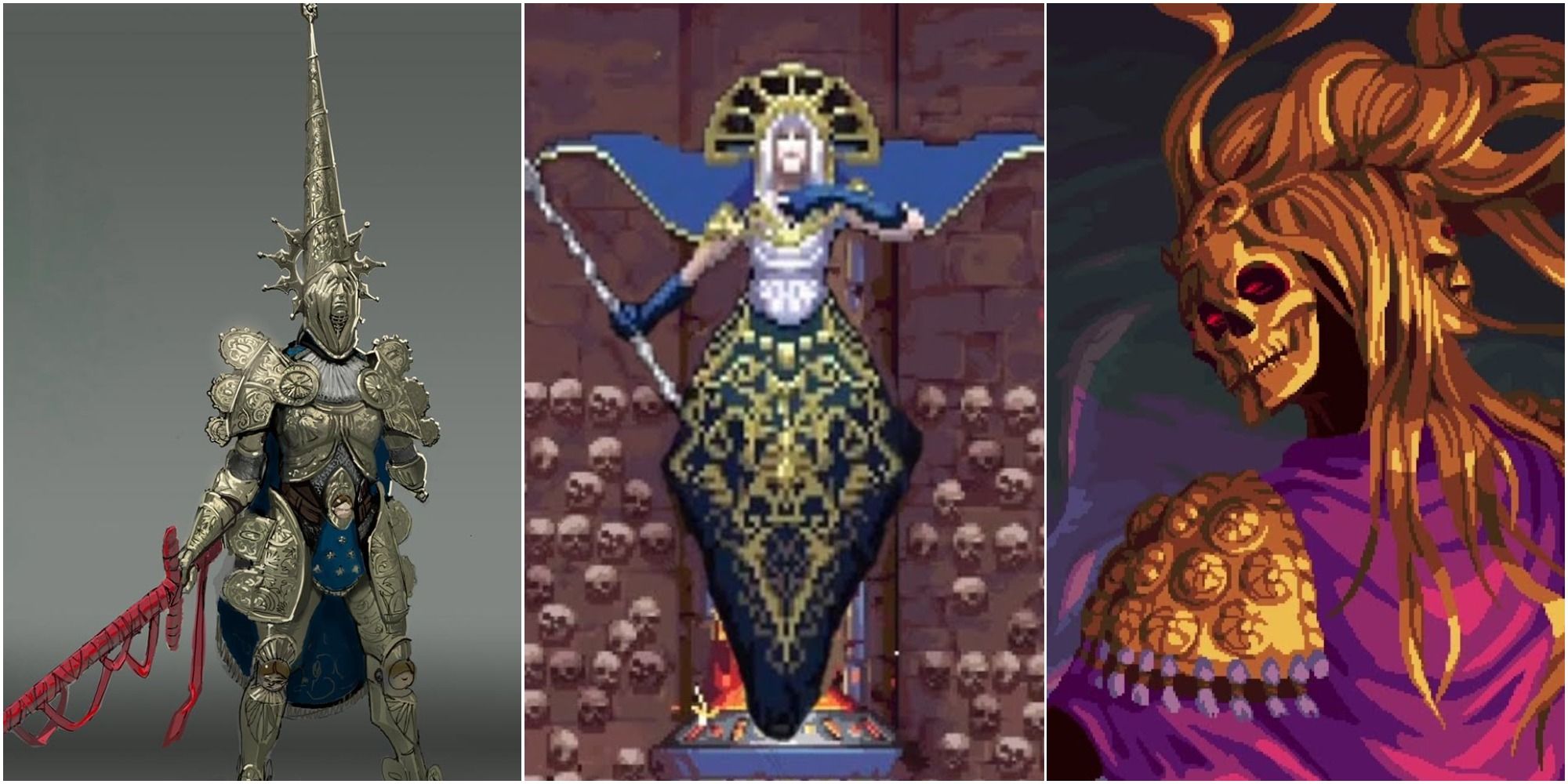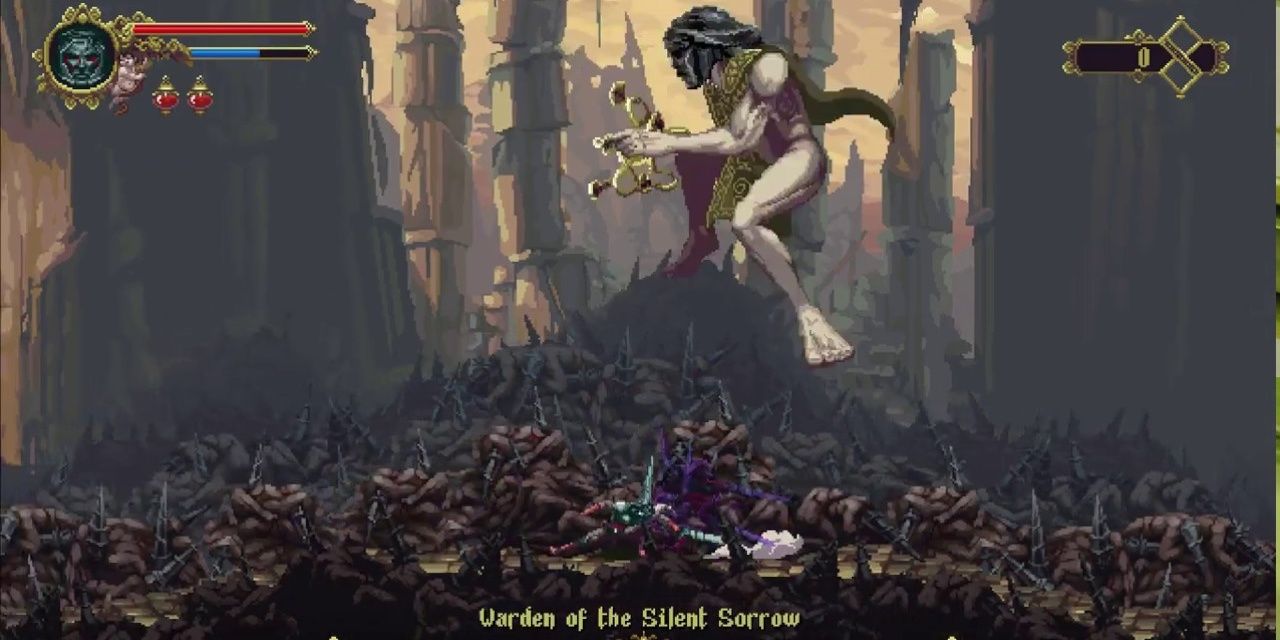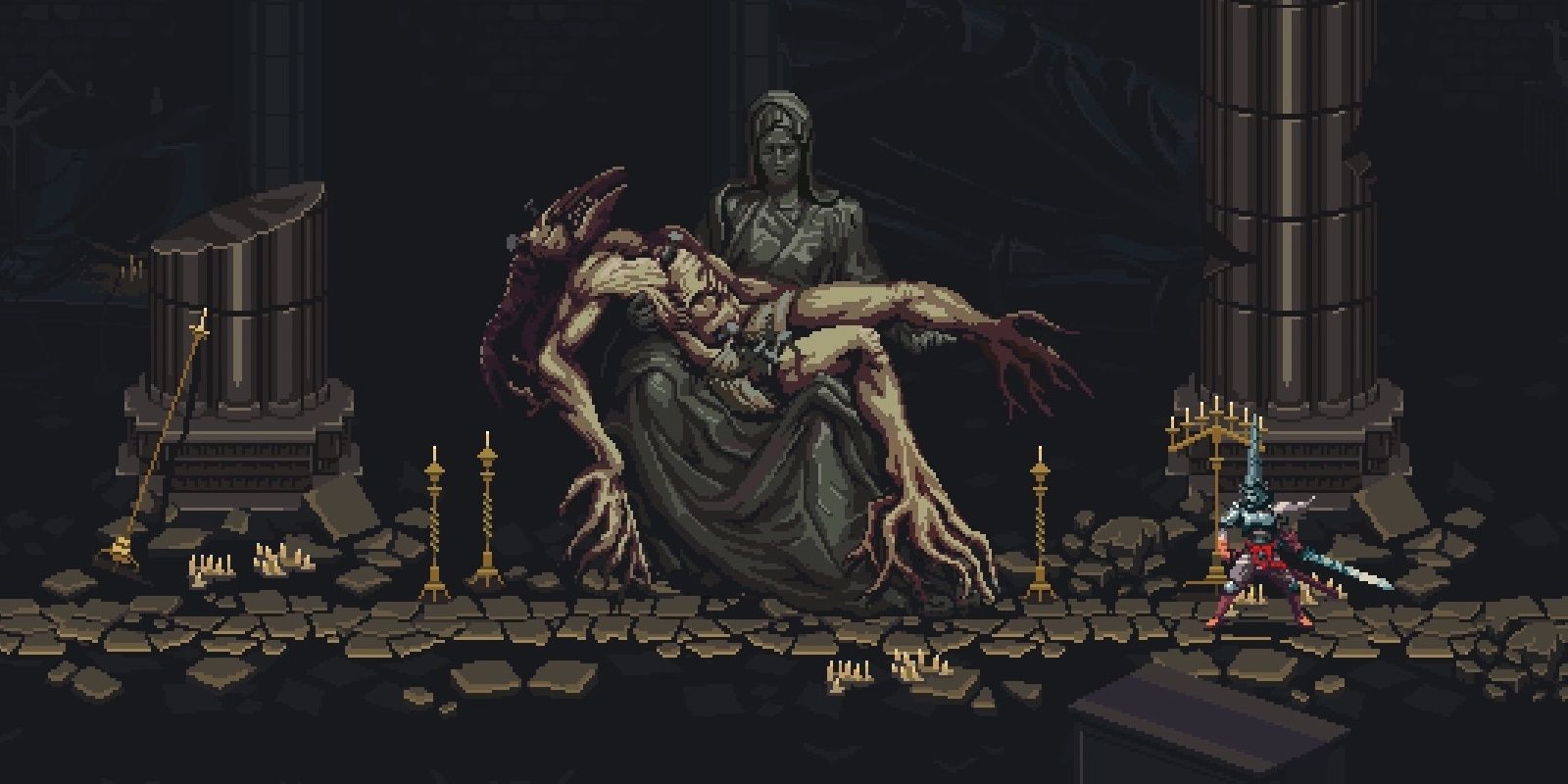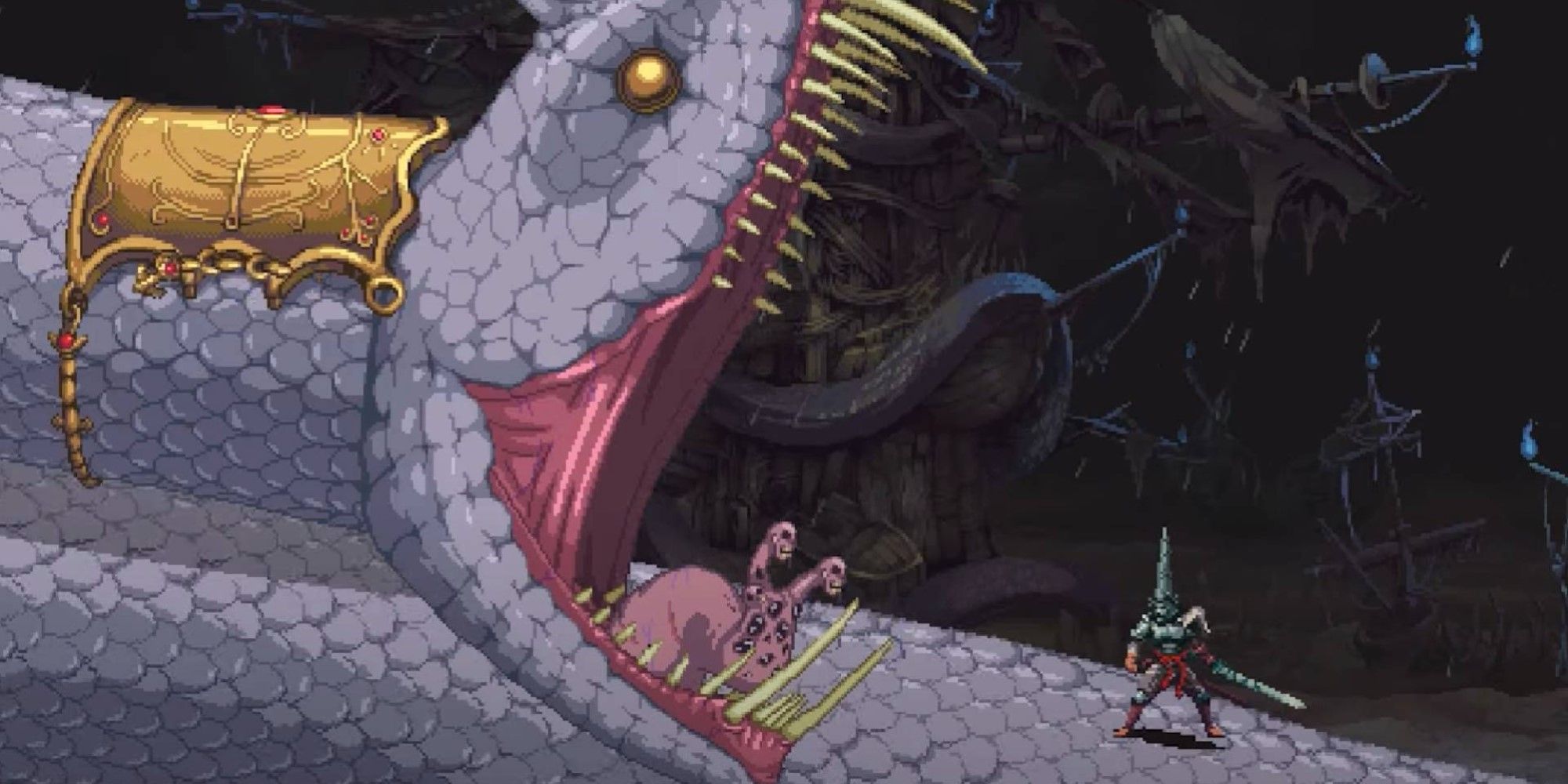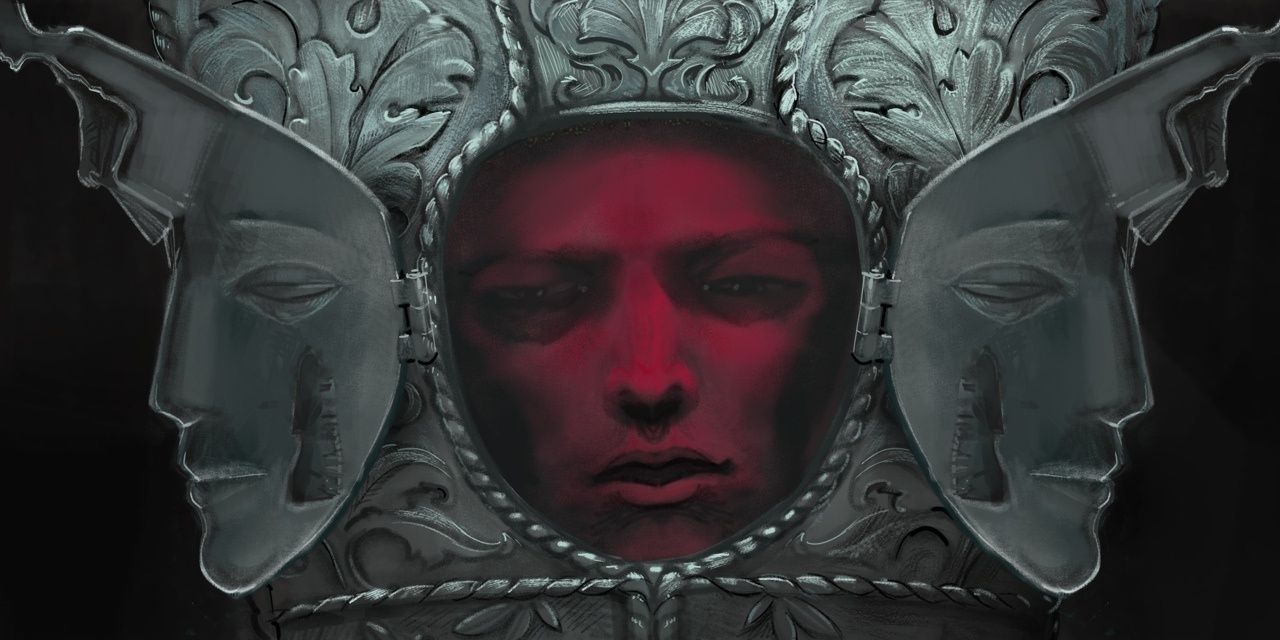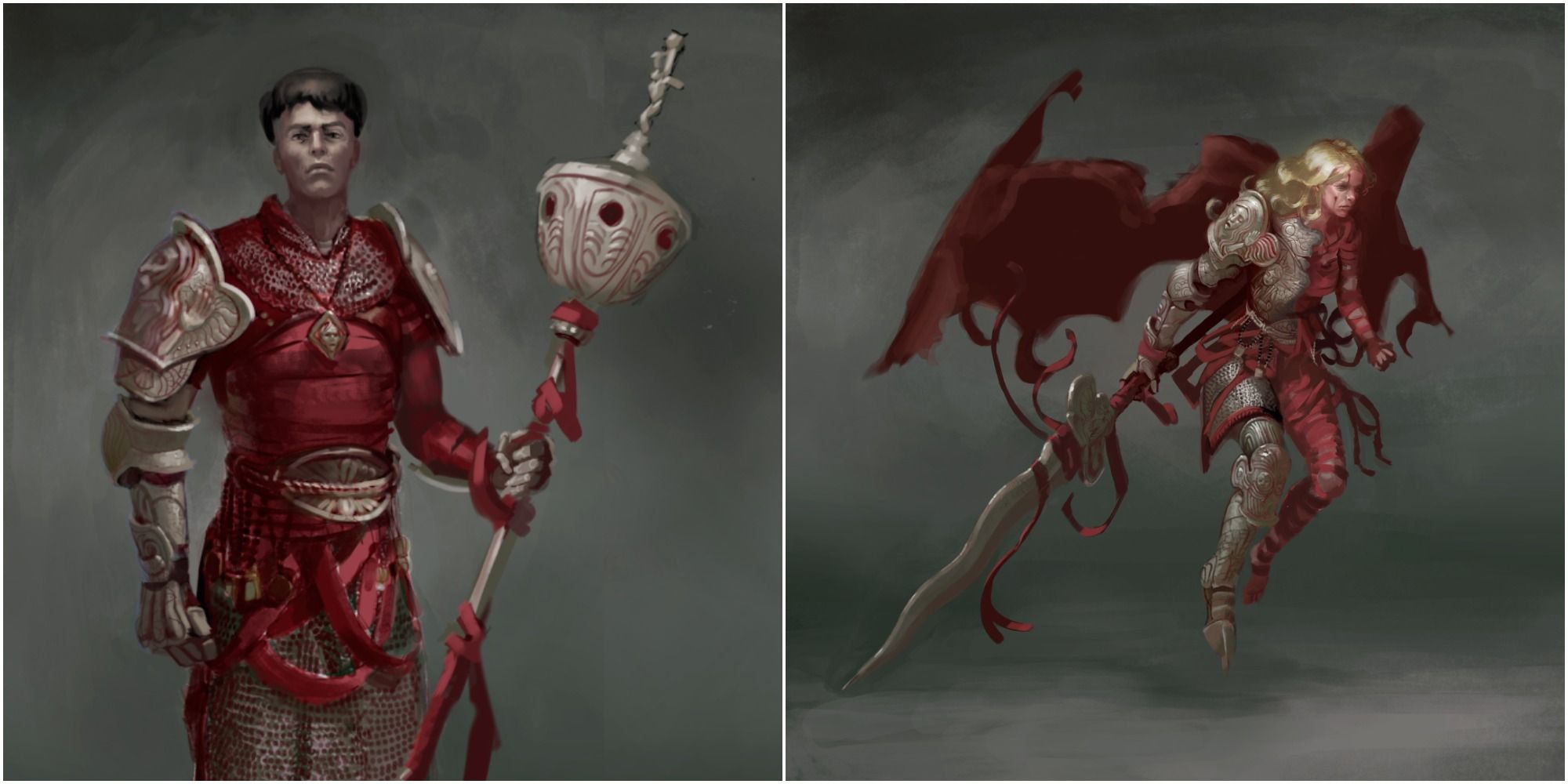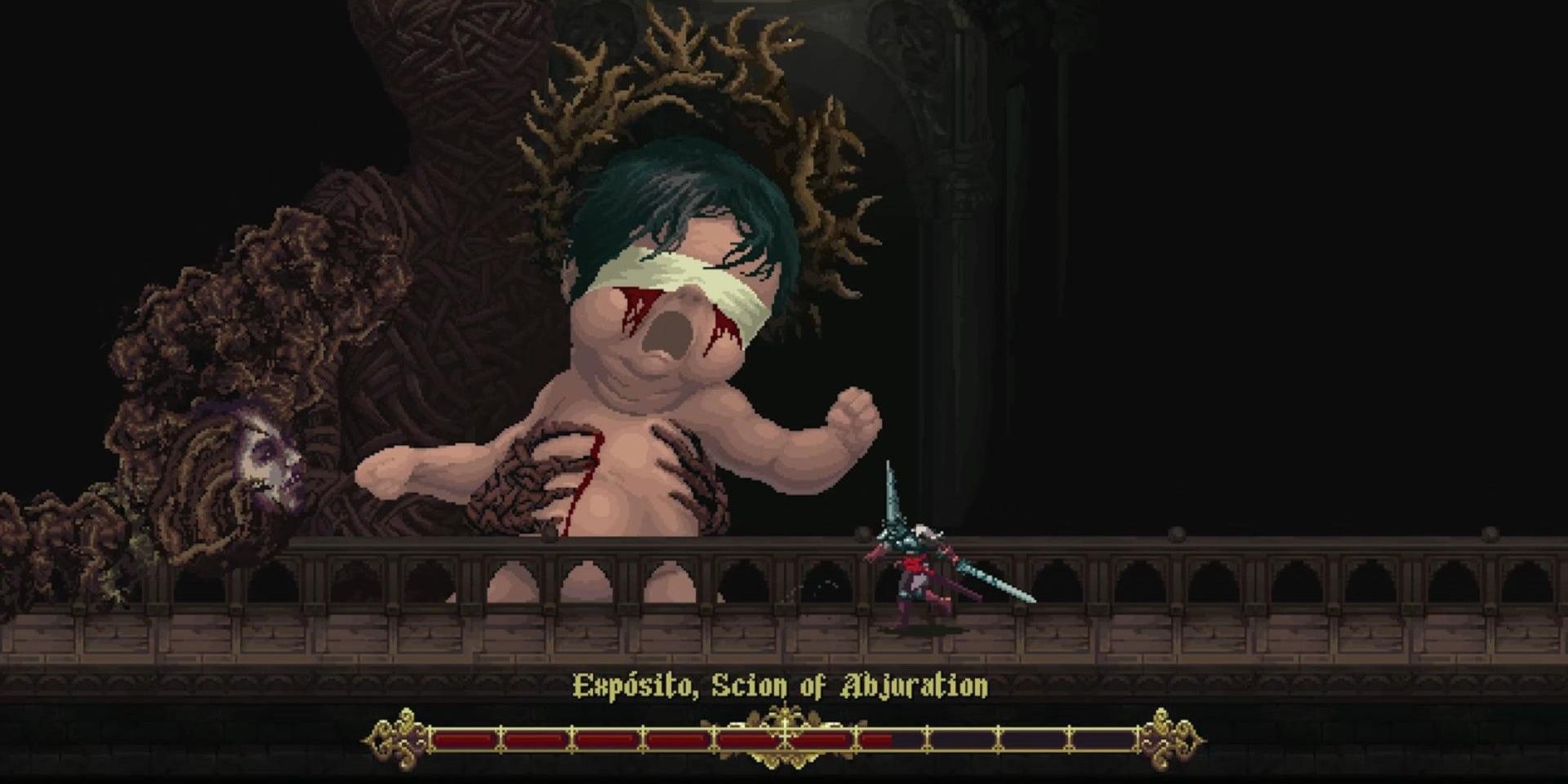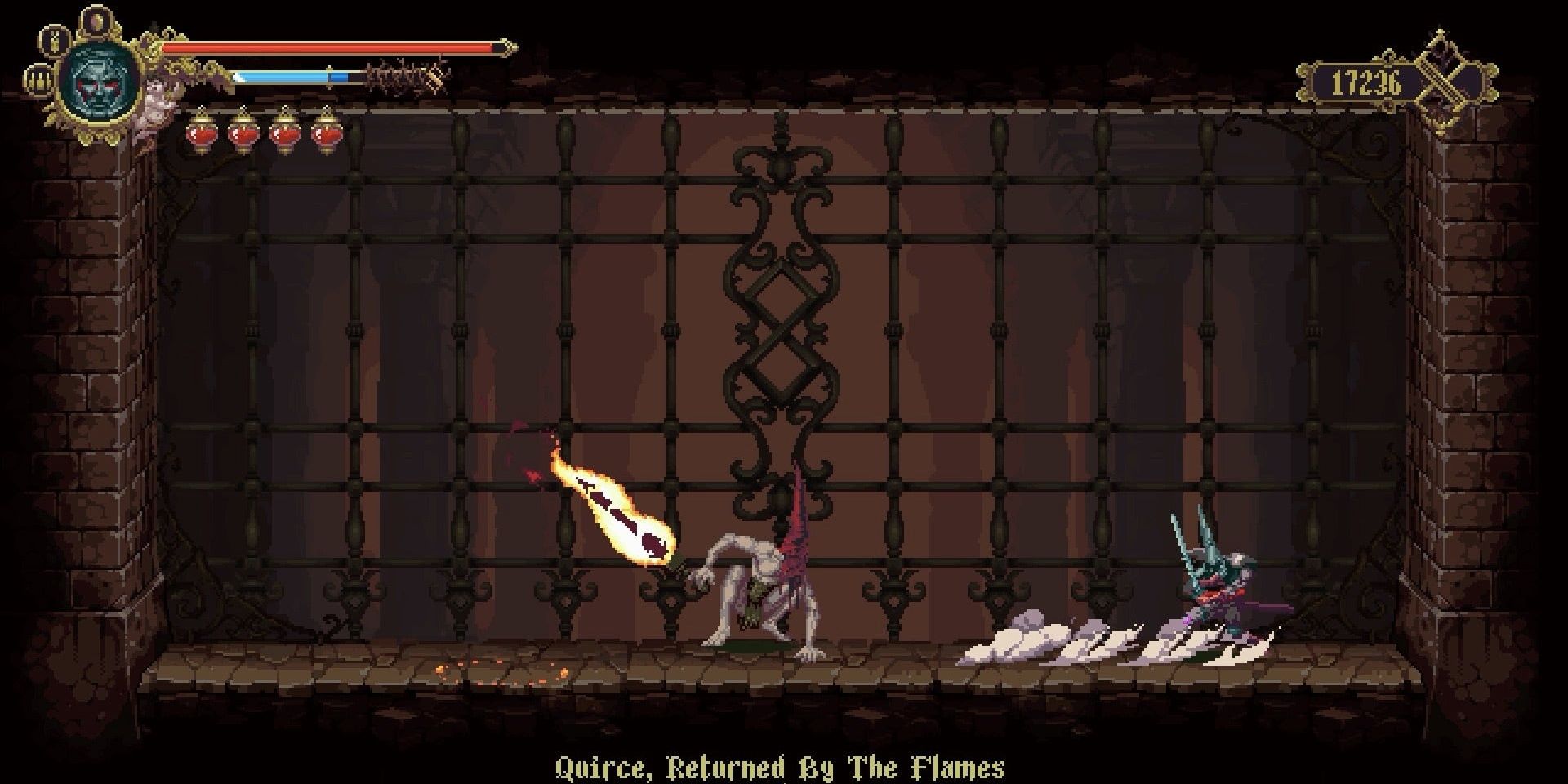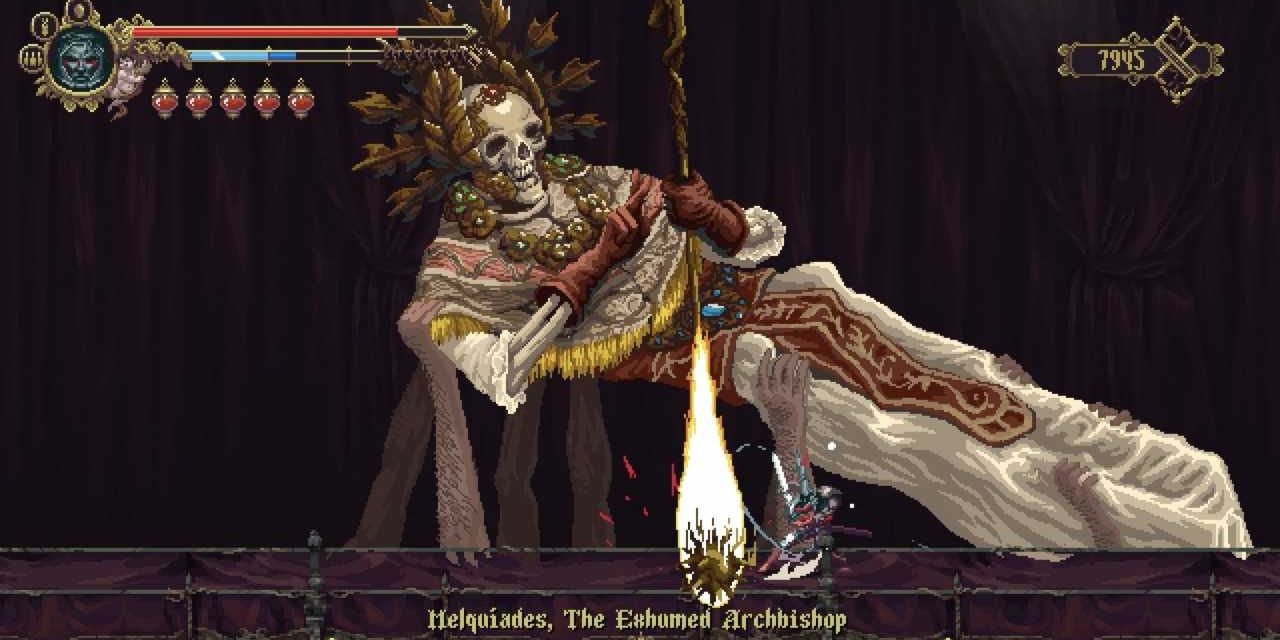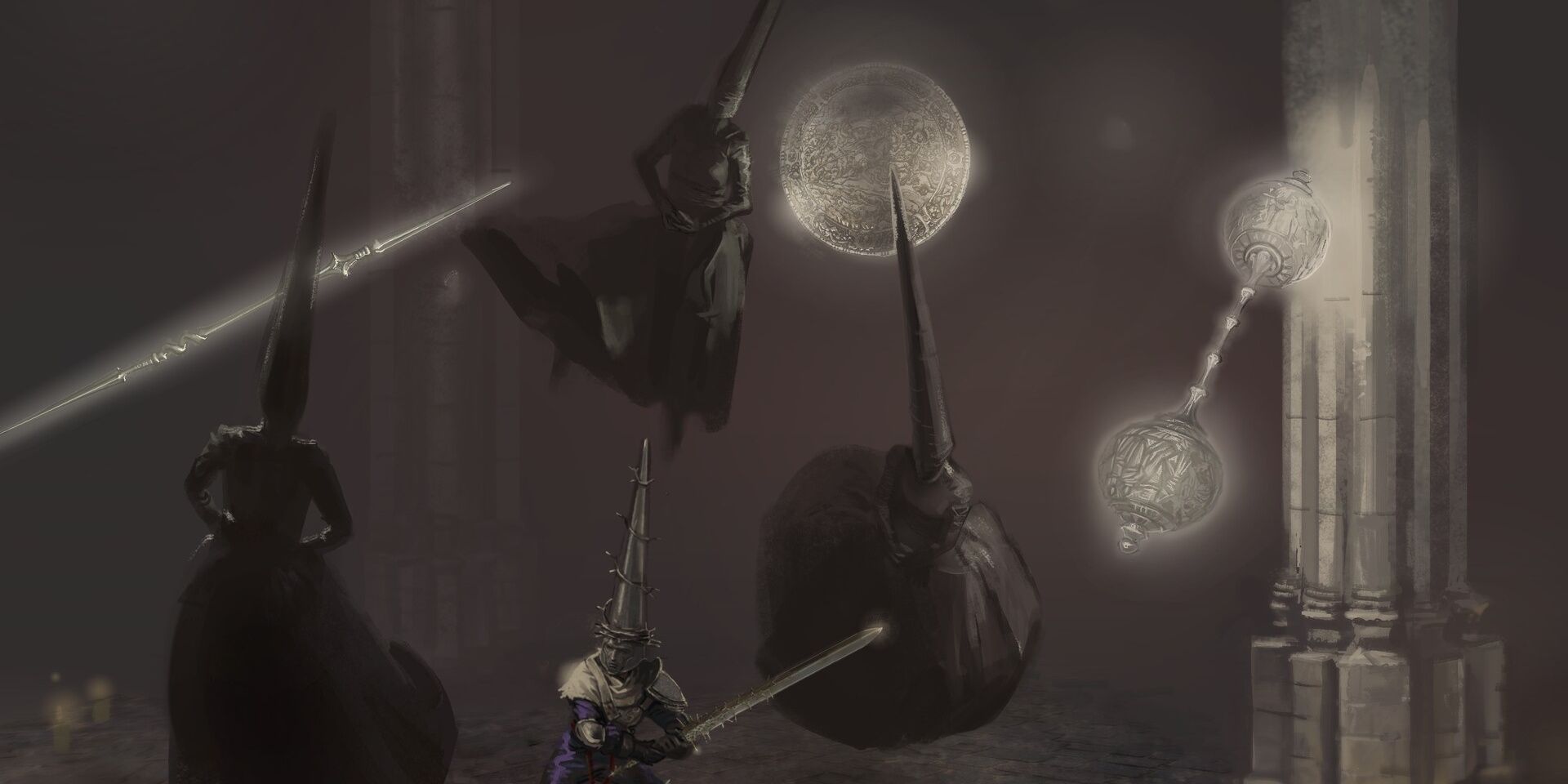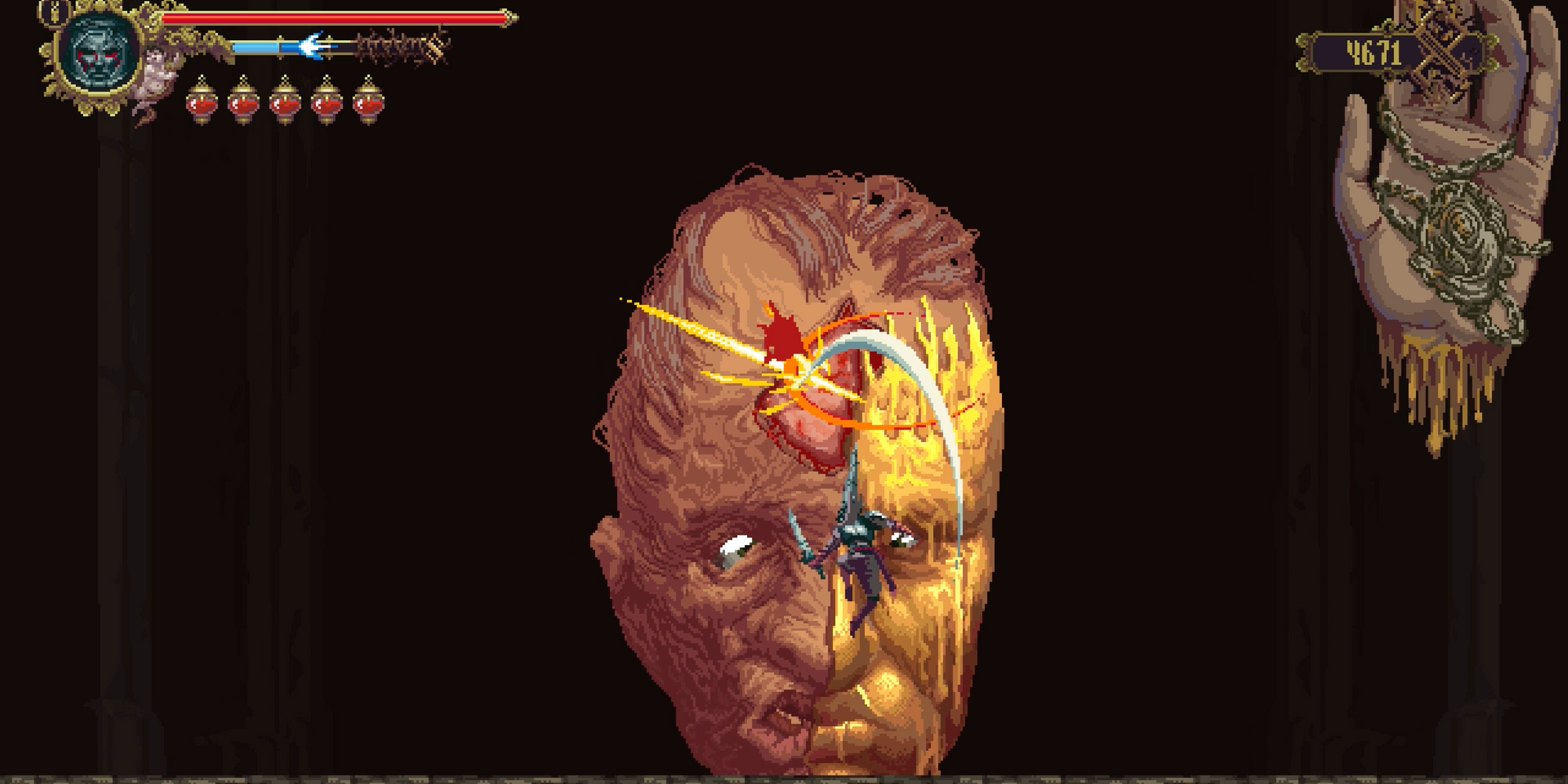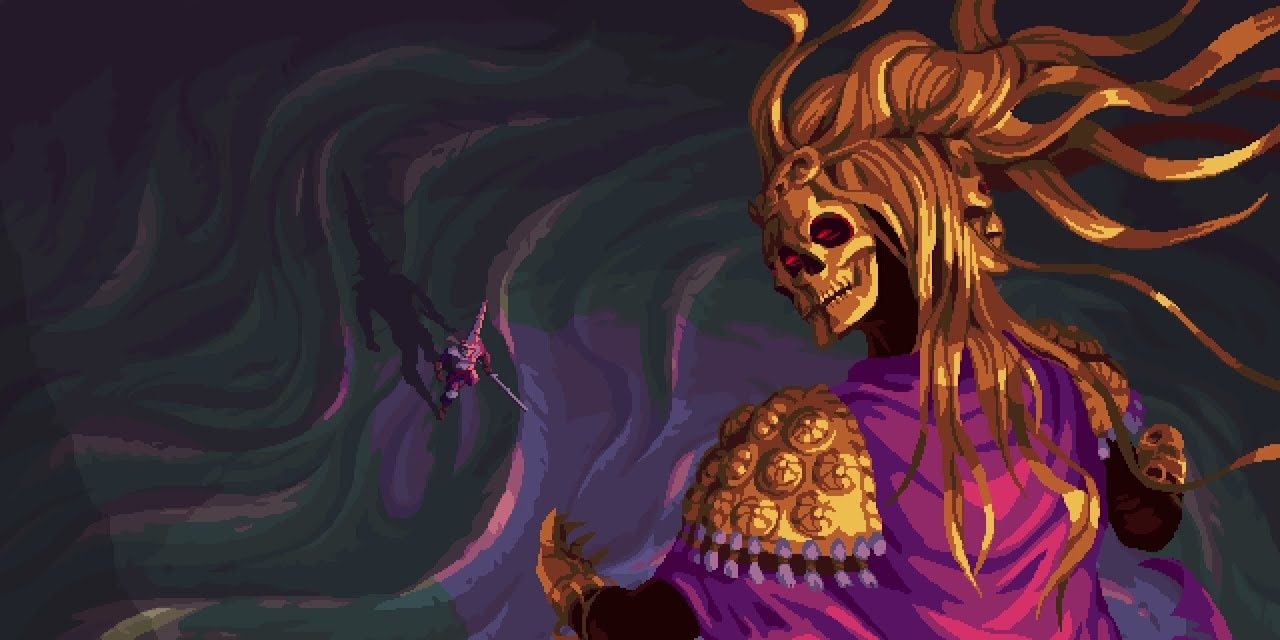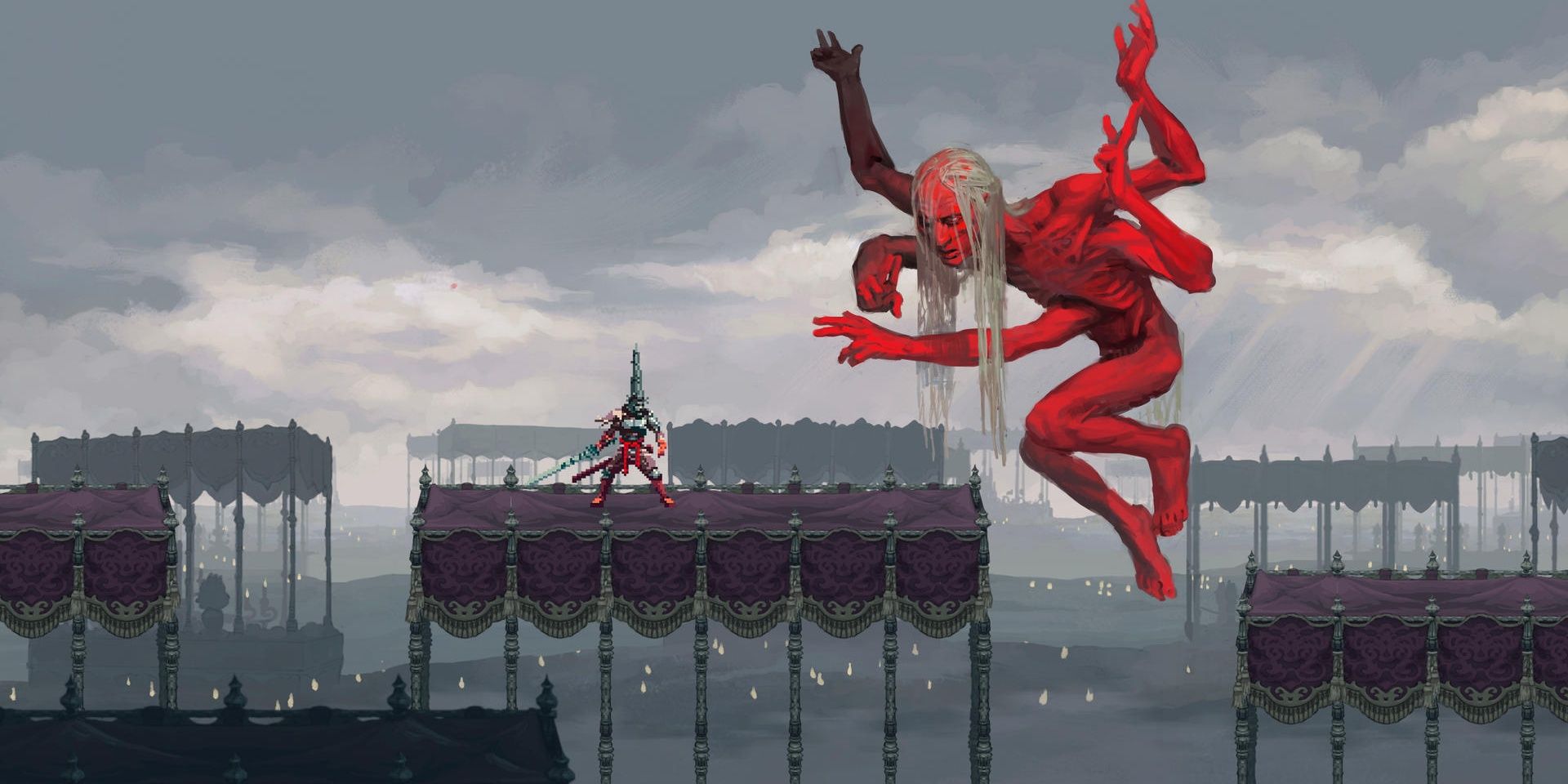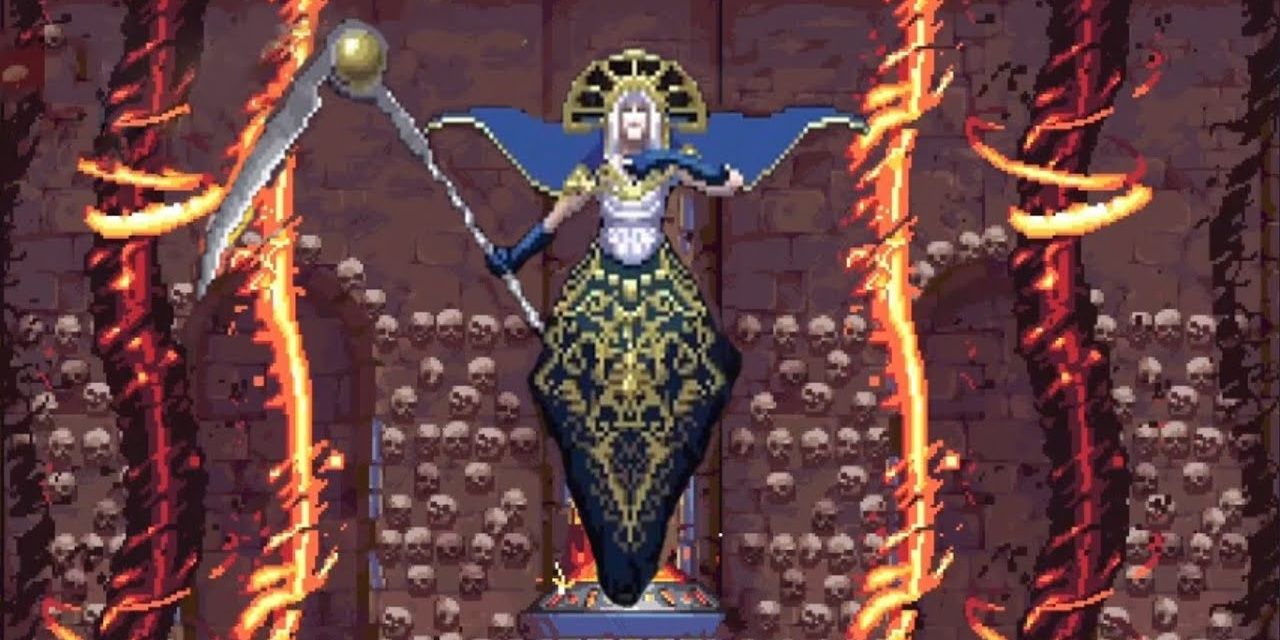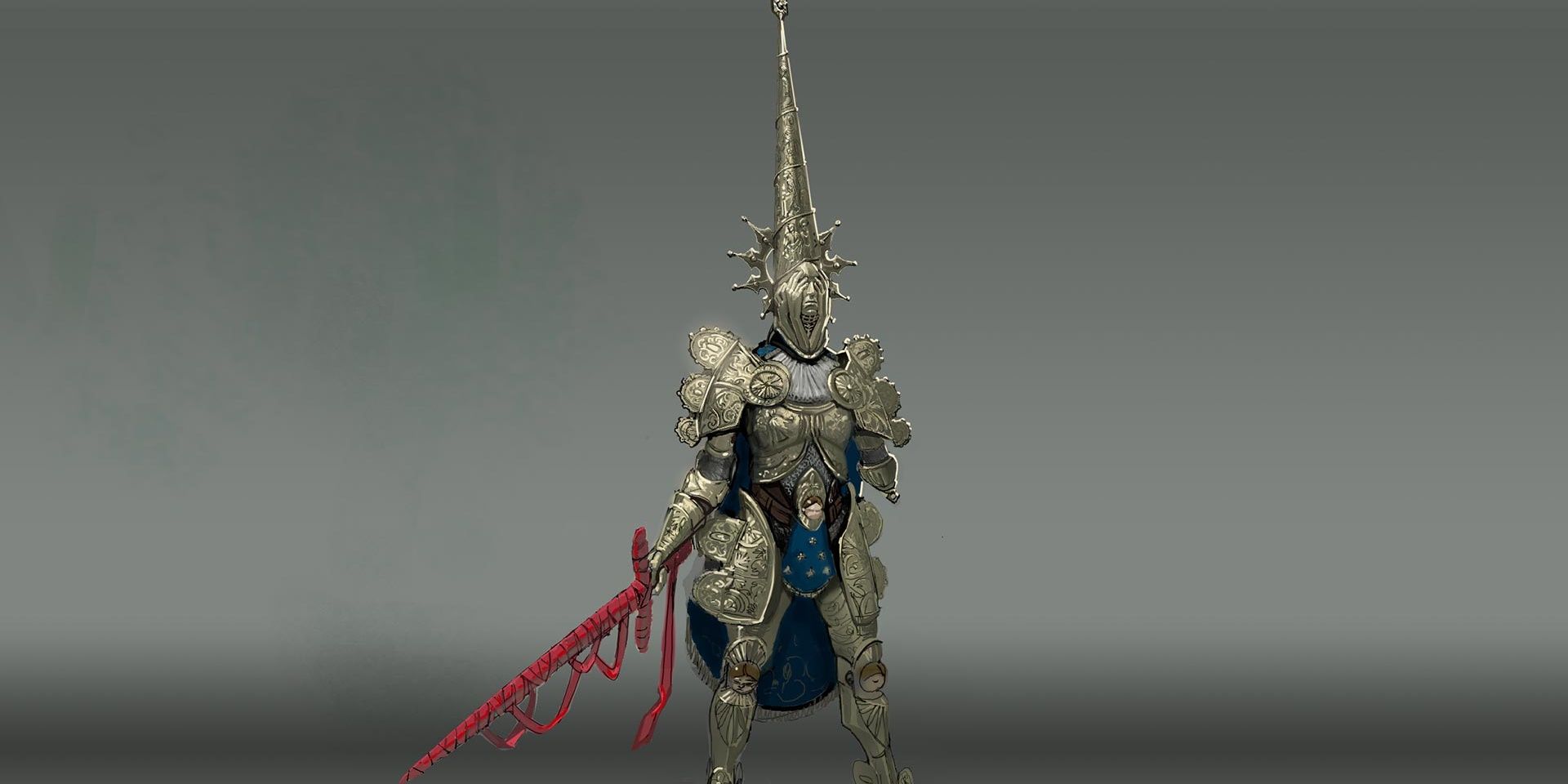Blasphemous is a blend of Metroidvania and Souls-likes, placing a strong emphasis on bosses, interconnected levels, lore, and freedom of playstyle. All of this is set against the backdrop of a fictional land called Cvstodia, run by the church in a world marked by a force called The Miracle.
It's a game marked by its religious themes, explicit gore, and sheer difficulty, an allusion to the trauma of a world where no one can be trusted to be a believer or a blasphemer. You yourself are one in penance, pursuing a quest to kill off those deemed unfit of the miracle to redeem yourself. Suffering is the goal, and suffering is what you make the bosses feel.
Updated May 26, 2022 by Hilton Webster: There's never been a point in gaming when Metroidvanias haven't been popular, but they're having a serious growth at the moment, and Blasphemous is a great example. Handling heavy religious themes, and with challenging combat and with a sequel on the way, there's been no better time to get into the game.
14 Warden Of The Silent Sorrow
Blasphemous immediately begins with you awakening atop a pile of corpses of your brethren, you seemingly the only one who has survived. With little other guidance, you claim your sword, the Mea Culpa, and continue forth through the defiled halls of the Brotherhood, until you face your first foe.
The Warden of the Silent Sorrow is truly nothing more than a tutorial boss. Where many others in the game showcase more heavily the themes of the game, the Warden is a simple fight to teach you the basic mechanics. It feels almost mindless, a creature gone mad that needs to be put down, a holy sacrifice for the journey ahead.
13 Ten Piedad
Blasphemous at its core is a deeply religious game, heavily associated with the traumas associated with that. Though it can initially start as gore-intensive and unsettling, those religious undertones quickly become overtones, and one of the first proper bosses you face is a great example of this.
Ten Piedad is found deep within the Mercy Dreams in a room all of its own. Styled much like the Pieta statue itself, Ten Piedad is a creature of roots held in the stony arms of a woman's statue. It attacks you with its roots and nails, unceasingly until you grant it its freedom. They are a simple fight but showcase heavily the themes the game strives for.
12 Sierpes
Much of what you fight in Blasphemous can be identified as at least somewhat humanoid. It may be perverted beyond any true ounce of humanity, but it is still somewhat human-looking. A giant baby, an exhumed corpse, a body stripped of flesh. It can be gruesome, but also perhaps an omen of foreboding punishment.
But with the Wounds of Eventide comes Sierpes. They are...just a giant snake. Though to be fair they're really much closer to a sea serpent, attacking those marooned at sea to a never-ending torment. This multi-headed serpent is no easy battle, fighting along its body as it sways and tilts to knock you off balance, but salvation comes for us all eventually.
11 Last Son Of The Miracle
Escribar is a constant presence in the game. Not physically, but always spoken of. The head of the Church of the All-Mother, the voice of the Three Wills spoken unto the Land of Cvstodia. And, after ascending the great church itself you come face-to-face with him and he is...unimpressive. A sickly old man who can barely defend himself.
But ah, no force of such nature is truly so weak, and he then reveals his (supposedly) true form as the Last Son of the Miracle, a towering being with an enclosed body that you must beat open to truly remove him from power. The boss is as much a platforming challenge as it is a fight, but it feels like a fitting twist and a fine reward for a battle well fought.
10 Esdras Of The Anointed Legion
Early in the game, you are told to claim three humiliations, proof that you have the means to defeat Mother of Mothers, the Church that has disgraced the Miracle.
But stopping you before you can proceed to the church is Esdras of the Anointed Legion. You fight him on the bridge, avoiding his large swinging motions as lightning strikes from above. He's not terribly difficult by himself, but the difficulty jumps when his sister joins. It's more of a roadblock to test your strength than anything else.
9 Expósito, Scion Of The Abjuration
Similar to most encounters in the world of Blasphemous, we're met here with a particularly tragic figure. Expósito is a giant baby, held by a wicker figure that seems to have a life of its own. But the child also wears a blindfold to hide them from seeing their mother burned at the stake. The wicker figure is meant to take her place.
The child murders here, in the Sleeping Canvasses, at the behest of its "mother", screaming and wailing all the while. He can grab you and tear you apart, and the limbs of the wicker figure can stretch to attack you. It's an unsettling fight, and it's an equally unsettling notion that this Miracle has turned even a child into a monster.
8 Quirce, Returned By The Flames
Naught is an ending in Blasphemous, even death itself. All condemned to death must serve penance to absolve themselves of sin, and Quirce is no exception. He was burned at the stake for the crime of heresy, whether it be proven or not. He burned and burned, but never died. This was his penance.
You meet Quirce in the Wall of Holy Prohibitions, a kind of prison. Unlike most bosses, Quirce ambushes you in his arena. He scales the walls, throwing around his sword as it rips along the arena to chase you, Quirce himself then dashing after you in every free moment. He's an intense challenge, but his penance ends at your blade.
7 Melquíades, The Exhumed Archbishop
There's depravity to Melquíades, a truth of how the church operates. He is long dead, a consecrated corpse of the highest order. And yet, the church needs its earthly representative in a world so besot with sin. So even in death, the Archbishop's role continues, his body decorated with great jewels to highlight his importance.
The fight's a bit twisted, to say the least. You are fighting a corpse, uplifted by a crowd of arms. The bishop is above you, out of reach of any attack. You must take down the arms first to bring him to your level, and remind him that a corpse is still an earthly form that can be removed.
6 Tres Angustias
The Tres Angustias make an interesting boss fight. They lack some outward character of other bosses, people with something of a presence in the world, or an earthy form that still subsists for the sake of eternal torment. Instead, they are an embodiment of torment, three women made a single unit.
They are fought in a room being continually consumed by fire. As the flames rise, so must you, avoiding the attacks of the three women as you try to both defeat them and ascend past the flames. When their health is lowered, they will at times combine into a single form, but will still succumb to a blade's edge.
5 Our Lady Of The Charred Visage
Seen by many as one of the hardest bosses in the game, Our Lady of the Charred Visage is a horrifying figure, one worthy of their name. Praised as a saintly beauty in her youth, she grew fearful of the obsession with her and burned her face with oil. The Miracle saw this as an act of praise, letting the oil burn her face eternally, the praise perpetual.
In the fight, her face looms over you, horribly disfigured. Her hand chases you around the arena, firing lasers and fireballs, and when weakened her second hand appears, effectively turning the boss into a bullet hell. There's little freedom to move, let alone heal, but an end to her suffering furthers your own penance.
4 Laudes, The First Of The Amanecidas
Added in the Stir of Dawn update, the five Amanecidas can only be fought in New Game +. They are five figures who gave praise to the Twisted One, a man turned to a tree — the first manifestation of the Miracle. However, the Three Wills that controlled the Miracle became jealous of this praise and condemned the Amancecidas to living tombs.
Though each of the Amanecidas has their own fight, Laudes is a culmination of them all, being able to utilize each of their move sets while introducing moves of her own. She can change the arena, shower crystals upon you, throw waves of energy, and protect herself with a crystalline shield. She is an immense challenge, a test of your true strength.
3 Escribar's True Form
Though Escribar may be a constant presence in the game, when you finally come upon him, he may seem a meager opponent. With the Wounds of Eventide update however, he has three forms. His first, that decrepit old man. His second, the Last Son of the Miracle, is a form he was given by the Miracle for once turning his throne away from the Miracle.
His truest form, however, is within the dream itself, a being stripped of skin with multiple arms and the last guardian before arriving at the Three Wills themselves. The boss plays like an auto-scroller. You do not die, and Crisanta appears to defend you at times. It is truly a heart-pumping battle and a fitting end to your penance.
2 Isidora, Voice Of The Dead
Core to the Wounds of Eventide is that the Three Wills are far from a benevolent force, and hid away a fourth Visage to hide this truth. To uncover the truth yourself you must uncover its eyes, one of which must be claimed from Isidora, Voice of the Dead. She is fought in the Ossuary after enough bones are found to awaken her voice.
She sings the song of the bones, a melody of sorrow. And uniquely to this fight, the song cannot be interrupted. You cannot change your beads or prayers, nor even pause the game. She demands you listen. She spews fireballs, disappearing and reappearing at will, her altar of flames a constant companion. Though difficult, she can be returned to ash.
1 Crisanta Of The Wrapped Agony
A key figure in the story of Blasphemous is Cristanta of the Wrapped Agony. She is a knight to His Holiness Escribar, stopping any who would encroach upon him. She wields a bandaged sword that is touched by the Miracle, and is a Penitent one herself, her sight forfeited in penance. She is the penultimate fight.
In her first phase, she fights like you. She dashes and slashes, jumping around and parrying your attacks, though you can do the same to her. She's your equal, skill being the only differentiator. With the Wounds of Eventide, however, she regains all her health after being defeated, renewed in her vow to destroy you, her attacks becoming faster and more unpredictable. Thankfully, this fight has a different end than many others.

